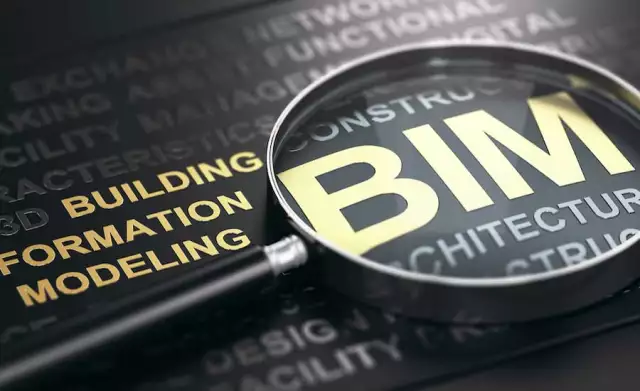All signs point to a 'growing appetite' for digital twins
All signs point to a 'growing appetite' for digital twins
Dive Brief:
Dive Insight:
There is a “growing appetite” for digital twin technology across all major sectors, including smart cities, according to the report, particularly as organizations seek to digitize and improve their operations. The growing pressure among cities and corporations to decrease emissions is also accelerating the pace of such digital innovation, it states.
“By bridging the ‘physical-digital’ gap … digital twins offer a unique opportunity for organizations looking to accelerate their journey towards intelligent operations while increasing profitability and enabling a sustainable future,” Capgemini Global Head of Intelligent Industry Roshan Gya said in a statement.
The consumer products and energy and utility industries are leading the implementation of the technology when it comes to sustainability applications, according to the report: 52% and 50%, respectively, of surveyed organizations in those sectors are using the virtual models to become more sustainable. Among those organizations that have already begun implementing digital twin technology, they say they have realized a combined average of a 16% improvement in sustainability metrics, the report states.
Across industries, a majority of surveyed organizations also touted cost-saving (79%) and technological advancement (77%) benefits as reasons for investing in digital twins.
Real-life examples of those savings include work completed in Chattanooga, Tennessee, where the city used a digital twin to conduct experiments in traffic congestion relief. Ultimately, local leaders improved the flow of traffic up to 30%, the report states. A university in Singapore was able to use digital twins to reduce its energy use 31%.
Singapore – previously ranked as the leading global smart city – is also using the technology to help identify where solar panels should be built, allowing it to optimize the clean energy it can harness.
Commercial buildings can also benefit from digital twin technology for sustainability applications. Los Angeles and digital twin platform Cityzenith recently announced a partnership aimed at constructing a virtual replica of a section of the city to make its buildings more sustainable. The city of Las Vegas has also teamed up Cityzenith, unveiling a digital twin in January of a section of its downtown to help model scenarios that will address energy use, emissions, traffic, parking, noise and emergency management.
The Capgemini report notes that the technology is being used in Melbourne, Australia, to help test the efficiencies of timber as a building material. And a 200,000-person city in Germany is working with Siemens to model the locality's energy demands and infrastructure using a digital twin, concluding that a goal to cut emissions by 70% by 2035 is "perfectly feasible.”
While the potential benefits of digital twins are plentiful, according to the report, it identifies four areas slowing digital twin deployment: a lack of a strong vision and management support, a gap in relevant skill sets among workforces, the need for deployment and integration of secure end-to-end architecture, and a lack of interoperable or collaborative platforms.
Karen Lightman, executive director of the Metro21: Smart Cities Institute at Carnegie Mellon University, also cautioned city leaders against falling for the technology's "hype," particularly as the definition of a digital twin can vary widely.
The technology does offer many possible upsides to smart cities for certain applications, according to Lightman, who said she's most excited about its use cases around transportation and physical infrastructure. But before they turn to the technology, she advised local leaders to first “really focus on what is the problem you are trying to solve.”






